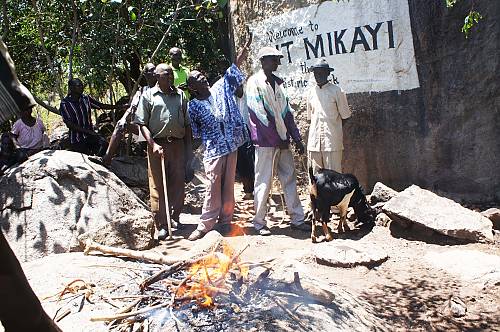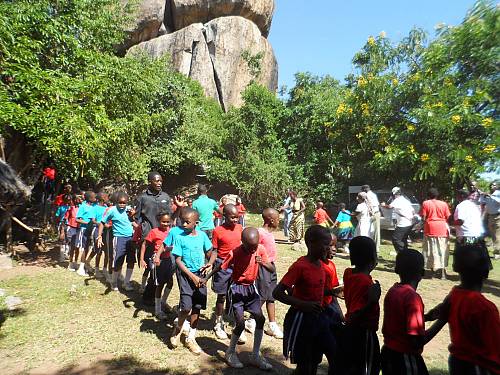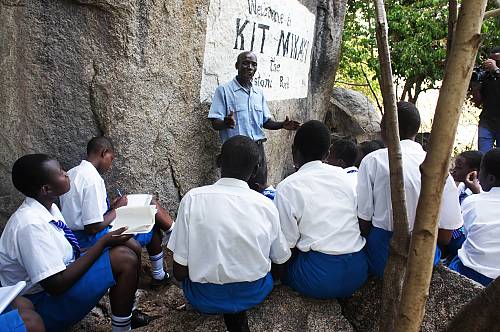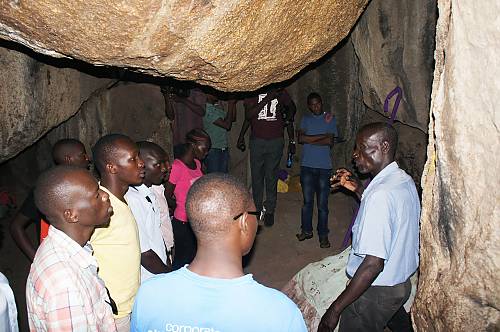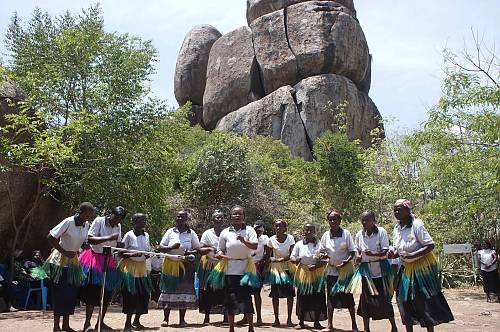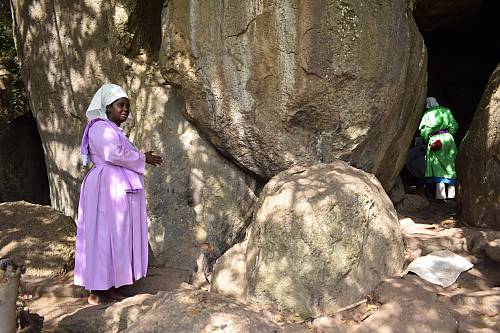Rituals and practices associated with Kit Mikayi shrine
Inscribed in 2019 (14.COM) on the List of Intangible Cultural Heritage in Need of Urgent Safeguarding

The Rituals and practices associated with Kit Mikayi shrine concern the Luos of western Kenya. Legend has it that Kit Mikayi Shrine is associated with the good fortunes of the Seme people and other Luo ethnic communities who live around the shrine enclave. People access the shrine for many different reasons, including praying, taking oaths, undertaking rituals and associated practices, and enjoying its natural beauty. During times of catastrophe like hunger and famine, Luo elders would conduct rituals at the shrine and rain and bounty harvests would follow. Elderly men and women of excellent social standing would guide the rituals; while men would partake in activities such as slaughtering the animals, women did the singing, dancing and cooking of the foods accompanying the rituals. For generations, the community has relied on the shrine as a sacred site, where they could visit and commune with the Deity. However, the element is now threatened by various factors, including the decreased frequency of its enactment, ageing bearers and practitioners, and encroachment upon the surrounding cultural spaces. The fact that the last major rituals and practices at the shrine date back to 1987 illustrates the risk of their disappearance, with a lack of knowledge triggering a movement towards the devaluation and defilement of the shrine as a sacred space for the community.

